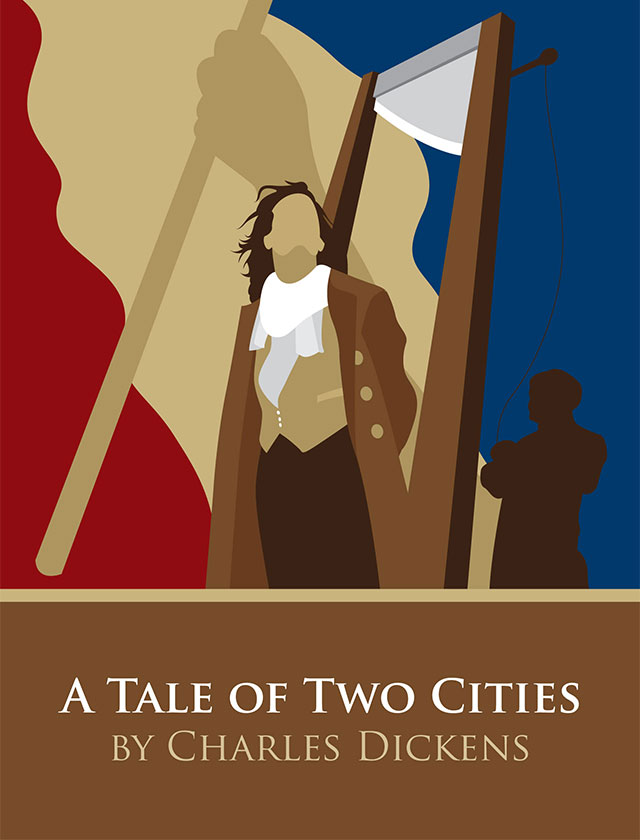A Tale of Two Cities
by Charles Dickens
Book 2, Chapter 23
This chapter makes it clear that some of the actions during the Revolution are pointless acts of violence and vengeance. After ascertaining the location of the Evrémonde estate, some of the Revolutionaries set it on fire. Despite the servants’ pleading for them to put out the fire, the villagers watch it burn. This action hurts the servants—also members of the lower class—who are effectively homeless after the chateau is burned. Furthermore, it harms the other Revolutionaries. The chateau is a fine building that could be used for housing, offices, storage, a prison, or any other use. Its contents could have improved the living conditions of many of the Revolutionaries. However, instead of appropriating the chateau, the Revolutionaries destroy it. This action leads one to wonder whether their goals go beyond vengeance.
However, one also sees how this act of arson helps increase the number of people in the Revolution. The villagers are emboldened by this act. They turn on Gabelle, the tax collector who has been bleeding the villagers for the benefit of the aristocracy. They do not harm him as they did members of the aristocracy, as he is able to hide from him, but there is a growing awareness that the aristocracy could not have abused them without the help and participation of members of their own class. This prefigures the way that the violence would continue to spread throughout the Revolution and would lead to infighting among the Revolutionaries.
Sign up to continue reading Book 2, Chapter 23 >